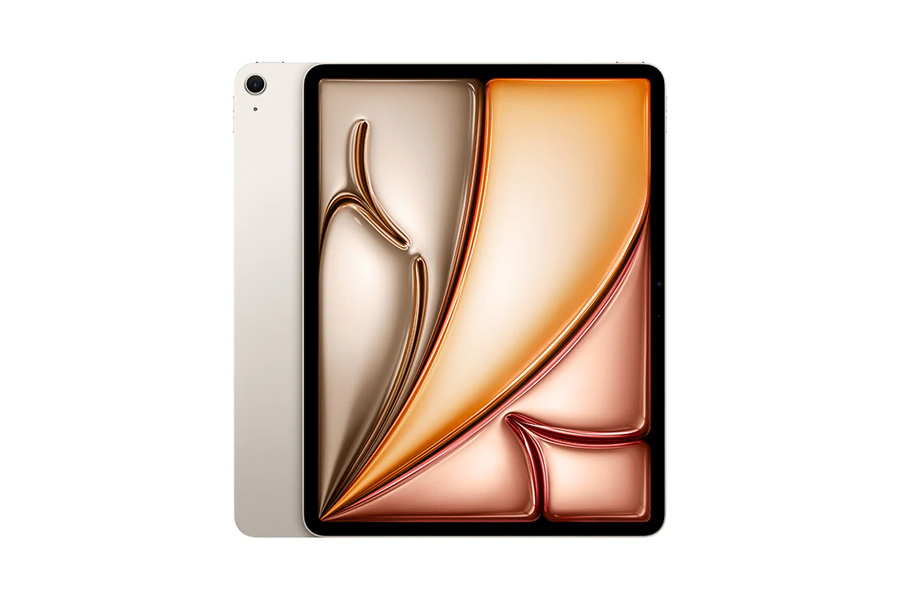
Image Source: www.istudiobyspvi.com
Each new release of Apple’s silicon chips has brought with it additional performance upgrades for the iPad Air. Particularly, the M3 chip slated to release in 2025 for the iPad Air has created speculation around how the new update would stack against the M1 and M2 in terms of speed, efficiency, and overall user experience. This report benchmarks the differences between the CPUs, GPUs, machine learning, and the actual performance of the devices. With the inclusion of the M1 chip, the iPad Air was released in 2022 marking a new era for Apple in their use of laptop class processors on mid-tier tablets. In 2023, the M2 chip was integrated and the graphics, as well as the AI, were improved. Now with the iPad Air M3, it looks to target better performance and battery efficiency as it makes use of architectural changes with the newer 3-nano meter construction.
CPU Performance Comparison
M1:
An 8-core CPU (4 performance + 4 efficiency cores) that far surpassed traditional mobile chips, as the M1 was integrated into tablets and mid-range devices.
M2:
The 8-core CPU was maintained, but with architectural improvements and higher clock speeds, M2 was able to outperform M1 benchmark tests.
M3:
Makes use of new CPU cores with advanced branch prediction and instruction processing. Preliminary benchmarks indicate CPU performance exceeding M2 by 20–25%. This translates to quicker app launches and smoother multitasking while being more responsive.
Advancements in GPU Technology
M1 GPU –
Introduced an 8-core GPU which performs well in graphics intensive applications such as gaming and creative work.
M2 GPU –
In other devices, it had an optional 9-core configuration, however, in the iPad Air, it retained the 8-core config but with new architecture which provided 35% more graphics performance than M1.
M3 GPU –
Maintains 8 cores, but imposes Dynamic Caching which optimizes the allocation of GPU memory. This enhances 3D application rendering, frame rates for demanding games, and video effects processing.
Unlike the M1 to M2 upgrade, which retained battery life, performance, and efficiency, the M3 uses a 3-nanometer process to shrink the amount of power needed for each individual task. For normal workloads, the iPad Air M3 iPad Air 2025 is able to confidently tackle high-intensity workloads such as video rendering with lower heat generation.
Longevity and Software Revision Support
The life span of an Apple device is between five and seven years. Picking the M3 variant could increase the longevity of the Air, better able to cope with future iPadOS releases and demanding software without performance hits. The M1 and M2 models are still able to handle demanding workloads, but the M3’s architecture is better suited for future enhancements, especially those using AI.
The advantages to performance are obvious, but for the majority of users undertaking basic tasks, the extra speed might not be as paramount. Web browsing, video streaming, and even note-taking the M1 is still more than good enough for most users. The M2 and M3 are powerful, but more so geared to creative professionals, gamers, and anyone dealing with vast amounts of data and AI workloads.

